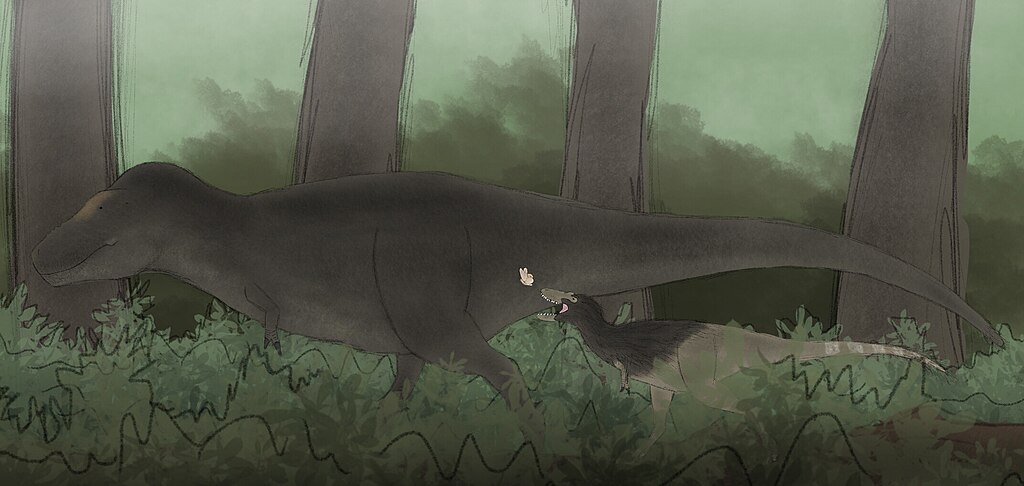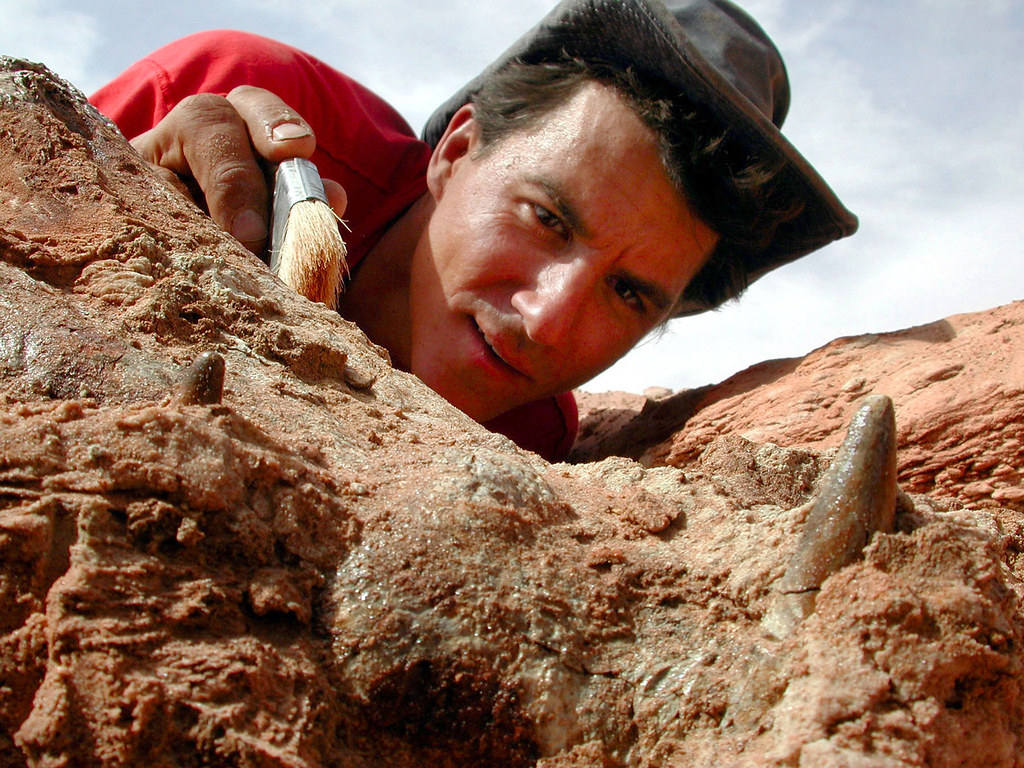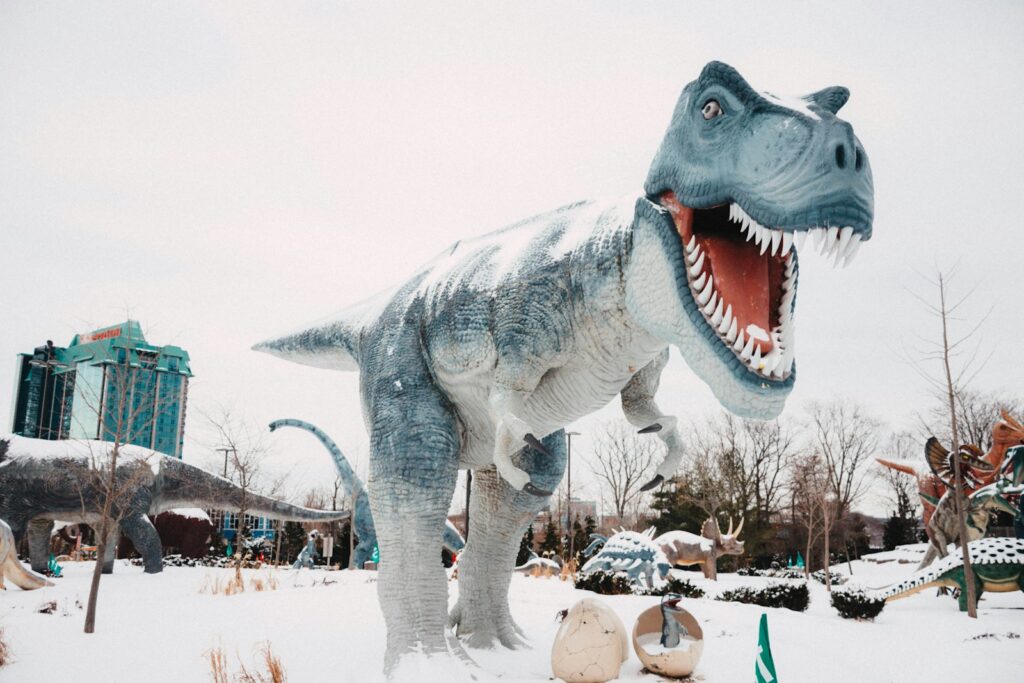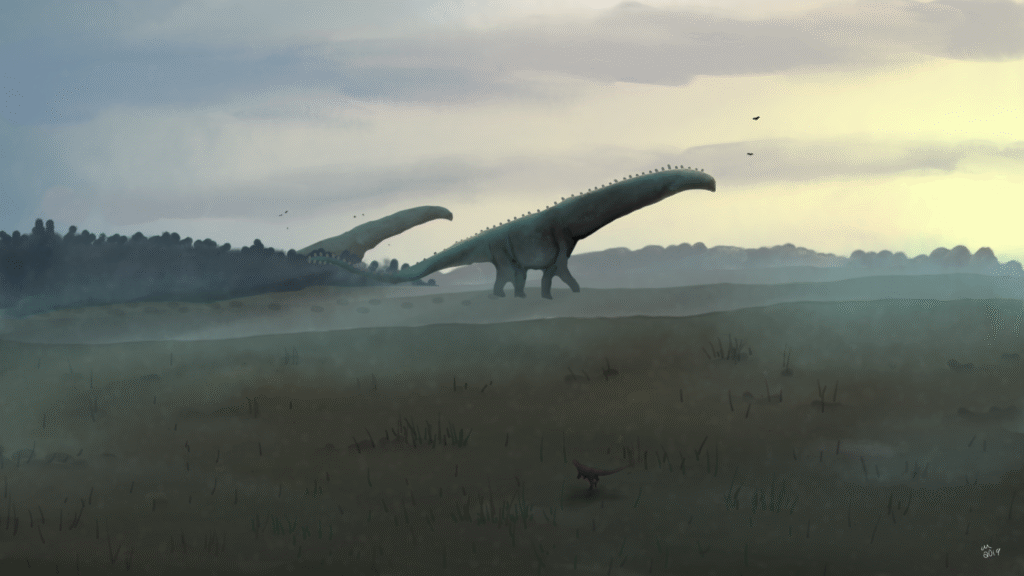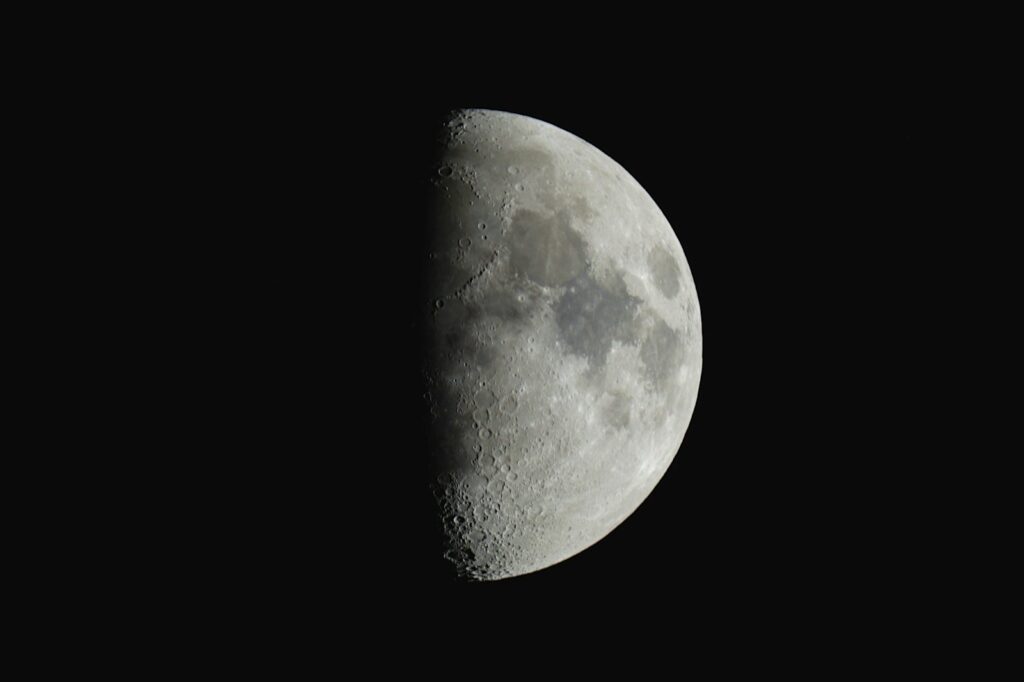Exploring Dinosaur Habitats on a United Earth
Picture this: a world where continents hadn’t yet drifted apart, where vast interconnected landscapes stretched endlessly across a single supercontinent. This was Earth during the age of dinosaurs, a time when our planet looked completely different from today. For over 165 million years, these magnificent creatures ruled a united Earth, adapting to environments that would ...

